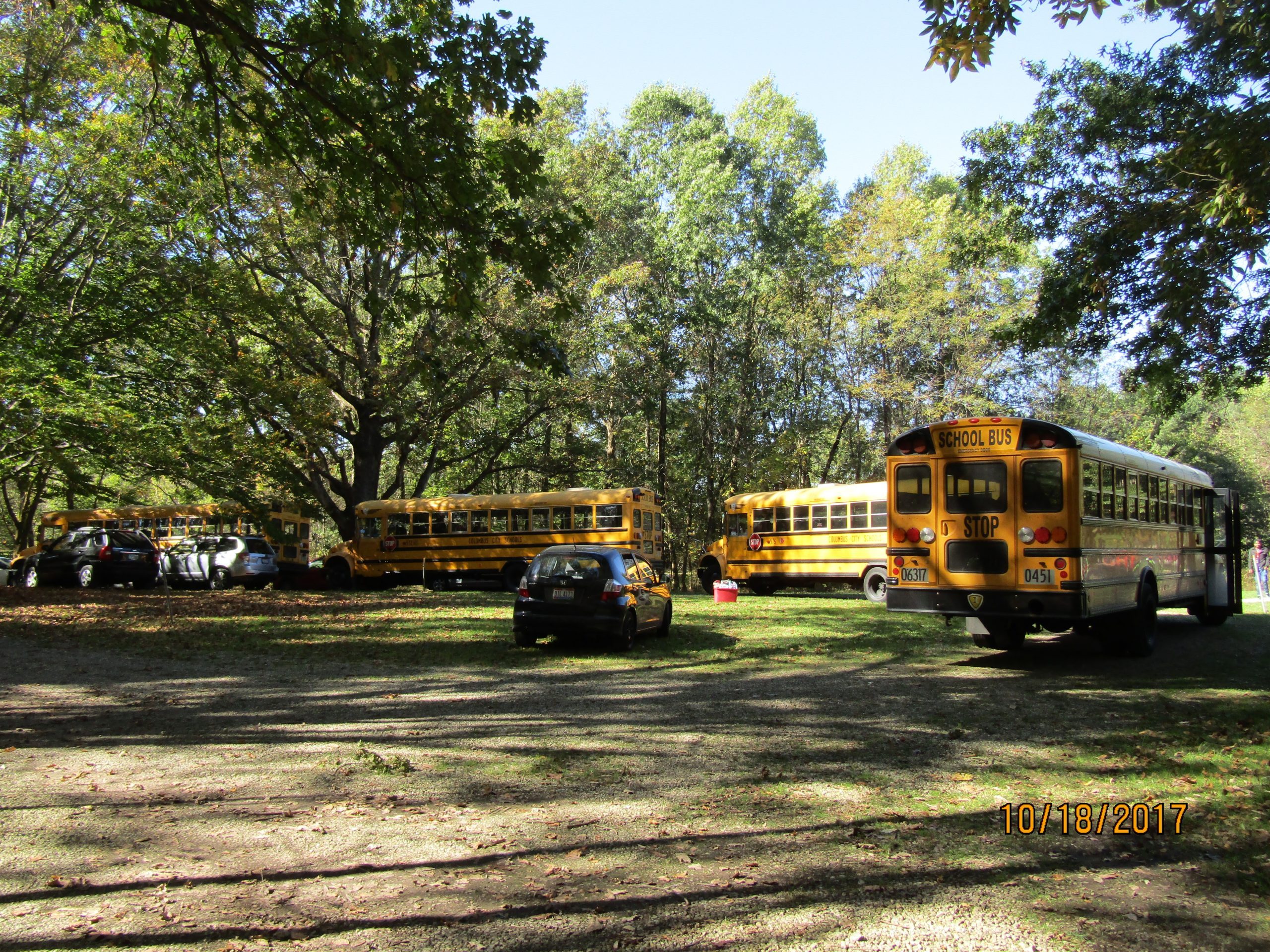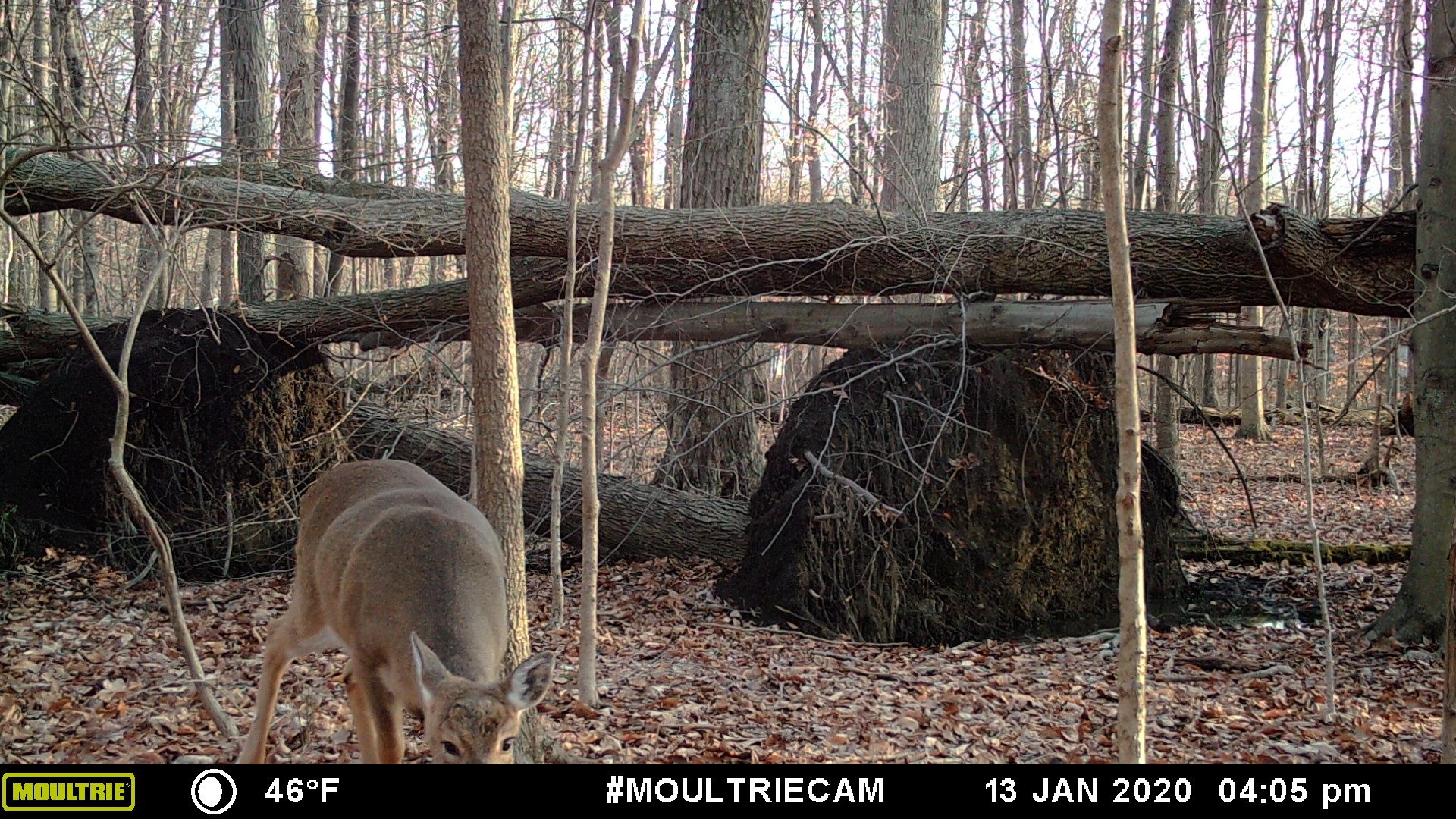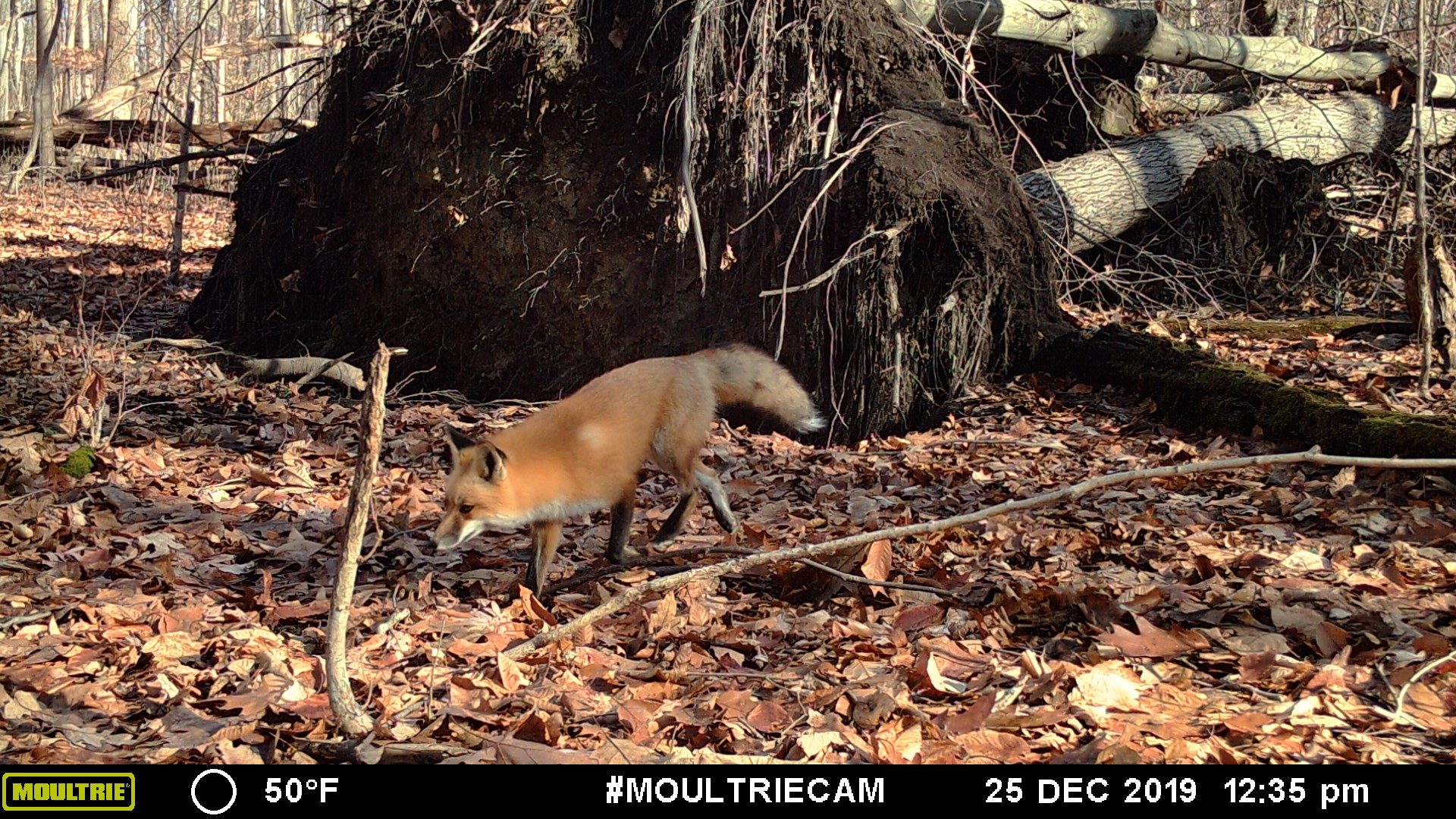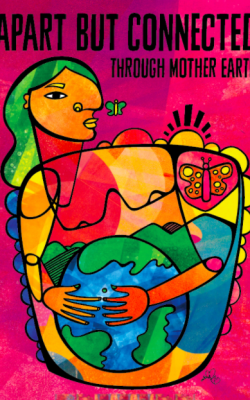Welcome to this weeks nature walk post!
Featuring another entry from First UU member, Dana Reynolds, who brings us a special Earth Day homily… a thoughtful reflection on the 50 year anniversary of Earth Day and our relationship with nature. I hope his words will inspire you to take a hike, get outside and, as Emerson says, notice the wildness all around.
Of course there’s lots of ways to commemorate Earth Day all month long; I’ve included a number of links after Dana’s homily and would encourage everyone to ‘tune in’ TODAY to the Earth Day Live 2020 events at the first link. Climate Action will be a focus and this event includes live appearances from Al Gore, John Kerry, Zac Efron and many other speakers and performers.
Brian Hagemann
Earth Day – 50 years later…
by Dana Reynolds
Almost a year ago, I took a hike to the back half of Spruce Run Environmental Study Center’s property, where I have been volunteering for the last five years. This was not a pleasure hike. Rather, I was on a mission.
The “mission” was to locate one of the letterboxes on the property. Like geocaching (which uses GPS locations), letterboxing is an outdoor hobby to search for a waterproof container that holds a “treasure”. People participating in a letterboxing event are given clues as to where to find each letterbox. I was attempting to find a letterbox “hidden” by one of our interns based on the clues he left. His clues led me to search in the southeast corner of the property and thought I had found the approximate location, a row of trees, several quite large, standing more or less in a straight line. I later found out I was in the wrong area.
I went back to this “incorrect” area about three weeks later to look at a wetland that was nearby. From this wetland, I was shocked at what I was looking at beyond. The trees were gone, or so I thought. Walking up the hill from the wetland, I got to the top and discovered what happened. All of those giant trees were toppled over, one on top of the other in a straight line, as if trolls had come up from the valley and played a game of dominoes with the trees (a story I suggested to students that might explain what happened)!
Photos from Spruce Run Environmental Center, Col. City Schools
The students weren’t buying my silly story about what happened, but it looked like it was a game of dominoes. It was a dominoes-like giant game board, not caused by trolls, but by the wind, an evidently, seriously strong wind. It was also fascinating to see that only these trees in this one line were toppled over. None of the other trees close by were effected.
Henry David Thoreau wrote in Walden,
This is the fiftieth anniversary of Earth Day. If nothing else, it is a reminder how humankind is disconnected from the wildness part of nature. Is civilization the antithesis of wildness? If so, let Earth Day be that motivation to reconnect with nature in its wildness. If so, would Thoreau (and others) say that civilization has an inherent “natural” flaw? It is so incredibly ironic that our human species was “produced” by nature and yet, we are so existentially cutoff from the natural world.
In his journal, Emerson wrote, “To the attentive eye, each moment of the year has its own beauty.” In another journal entry, he wrote,
On several occasions, when the school buses pull up into the gravel turnaround at Spruce Run, I have seen a few students, usually the younger ones, come off the buses and just look around, starring at the trees or the birds or the wide expanse of wood and meadow. Their eyes are wide open and, usually, their mouths are too, for these students come from areas of the city where there is nothing like what they are seeing. We ask them to remember a three-part mantra while they are there: “I see, I think, I wonder.” Ideally, the awe that they experience will stay with them and perhaps stimulate their curiosity and lead to inspiration and more.
That can happen for us too. I know that it does for me now and then. It takes, as Emerson says, an attentive eye. Nature wishes to be noticed, if permitted some poetic license. This world is so beautiful, especially if we can move past enough of the manifestations of civilization to ignore them and immerse ourselves in nature’s wildness.
In Thoreau’s essay, Walking, he writes, “what I have been preparing to say is, that in Wildness is the preservation of the World.” I often will recall this quotation and wonder what Thoreau meant by it. I often meditate on this phrase. In context, he is writing about the image of the West as it was in the imagination of those in the middle-third of the nineteenth century. Yet, doesn’t it have implications for us in the first-third of the twenty-first century?
There was a definite display of wildness resulting in what we are now calling, The Domino Trees. At least two of the trees were uprooted (the others broke off above ground), each with a root ball above my head leaving a large hole in the ground. In this year’s winter and spring rains, these earthly depressions have filled with water. After the salamanders’ mating night (a.k.a. the Big Dance), we found a few of the egg casings in each of these pools of water, in the shadow of the dominoes trees’ roots. This brought us great joy to see them, because those same spring rains had washed out any salamander egg sacks in our vernal pool. Salamanders, and all other “wild” life, were (and are) able to adapt to wildness.
An alternative origin for the word, religion, has the meaning of reconnecting again, e.g. when a relationship has been damaged. The question for us on this Earth Day anniversary is, have we humans damaged our relationship to the Earth, to nature? If so, then the religious response is to get connected again. I hope everyone will have, and take, the opportunity to explore the “wildness” of nature this Earth Day.
Links to other resources on Earth Day and Nature
- Earth Day Organization – Earth Day Live2020 APRIL22!
https://www.earthday.org/earth-day-2020/ - Sierra Clubs web resources on celebrating Earth Day at 50
https://www.sierraclub.org/articles/2020/04/celebrating-earth-day - Spruce Run Environmental Education Center
https://www.ccsoh.us/Page/2676 - Ralph Waldo Emerson at Biography.com
https://www.biography.com/writer/ralph-waldo-emerson - Henry David Thoreau at Biography.com
https://www.biography.com/writer/henry-david-thoreau - Unitarian Universalist Association page on Pagans & Nature Spirituality
https://www.uua.org/beliefs/what-we-believe/beliefs/pagan - Unitarian Universalist Association page on Environmental Justice
https://www.uua.org/environment
About Dana F Reynolds, III:
I have been a member of First Unitarian Universalist Church twice, once in the early 90’s and again for the last year and a half. In between, I moved from Columbus, moved again to go to Meadville Lombard Theological School and served as a Unitarian Universalist minister from 1999 until my retirement in June 2014.
These days, I volunteer for Columbus City Schools at their Spruce Run Environmental Study Center and for Avanza Together, a non-profit working to keep immigrant families together. I am on their board of trustees and serve as their treasurer. For Spruce Run, I am one of their volunteers. I do two primary categories of things there. One is, looking around and seeing something that needs to get done, then I go and do it, if I can. The other is just to follow my curiosity and do what we teach our field trip students to do: “I see, I think, I wonder!”
At First UU, I sing in the Chalice Choir and am a member of the Monday night Men’s Spirituality Group. I have also led Adult Religious Exploration classes. I have a passion for human development, creating a welcoming climate for members and visitors, and, as a fourth generation Universalist, for sharing the unique contribution of Unitarian Universalism to the world’s religions.
Previous Nature Walks:
- Nature Walk Wednesday – Black Lives Matter pt.2
- Black Lives Matter – Nature Walk Wednesday
- Annual Meeting Countdown – 4 Days to Go!
- Nature Walk Wednesday – Bird Watching in Florida
- Nature Walk Wednesday – Going Camping!
- Nature Walk Wednesday – Spring Wildflowers
- Nature Walk Wednesday – Trip to Vietnam
- Nature Walk Wednesday – Earth Day at 50
- Nature Walk Wednesday – The trail of the Whooping Crane
- Nature Walk Wednesday – Five Metro Parks












